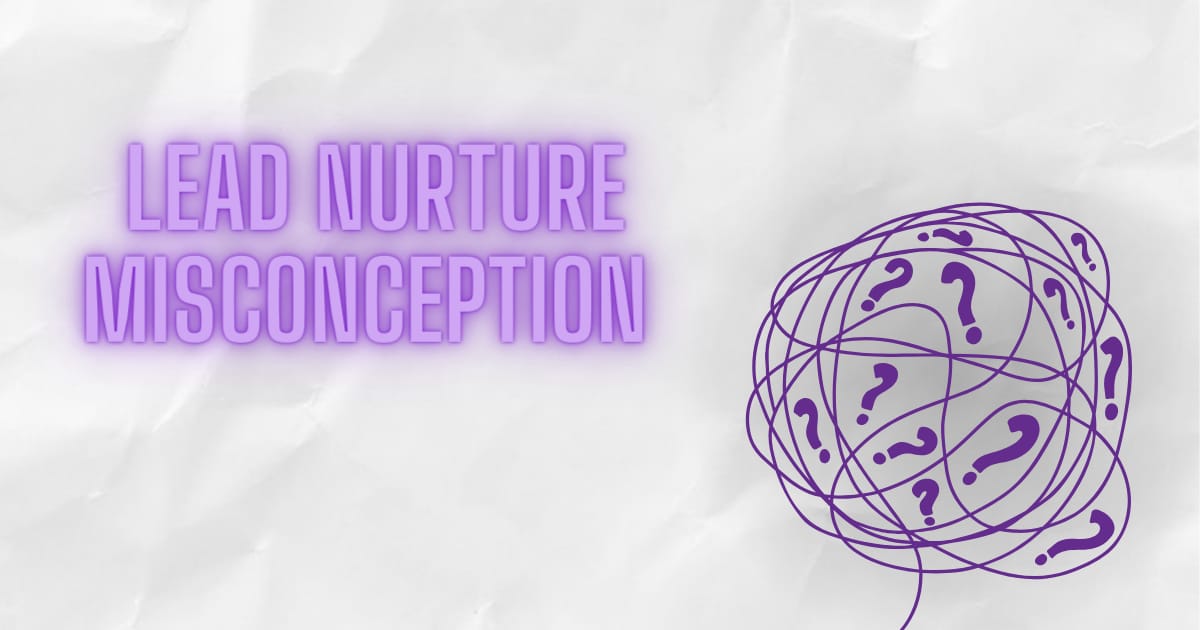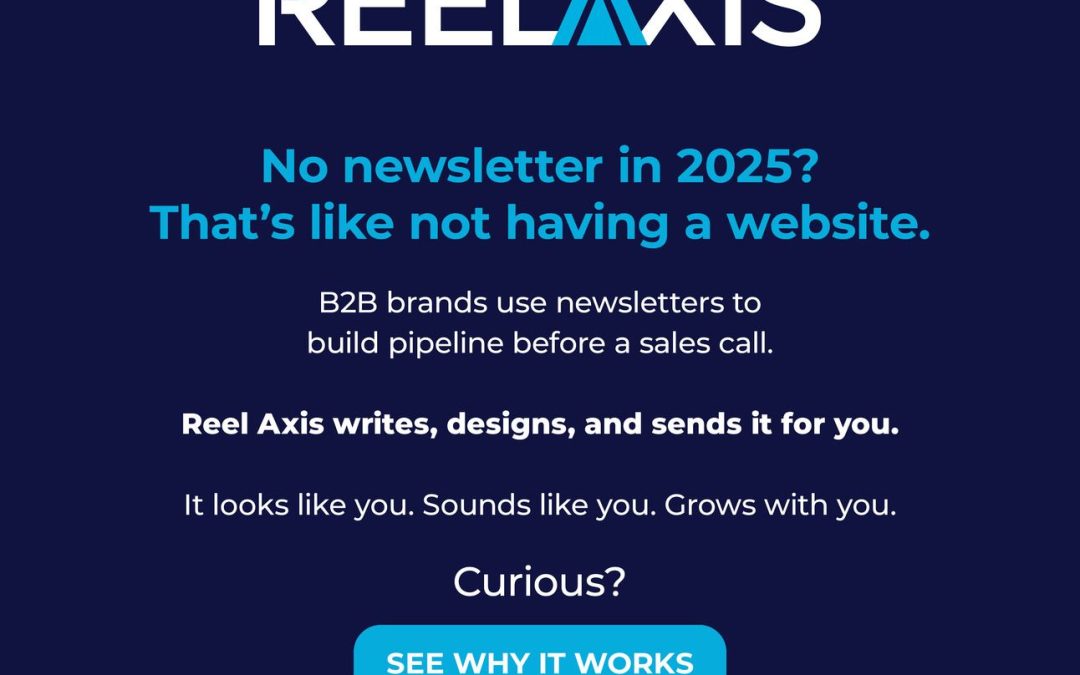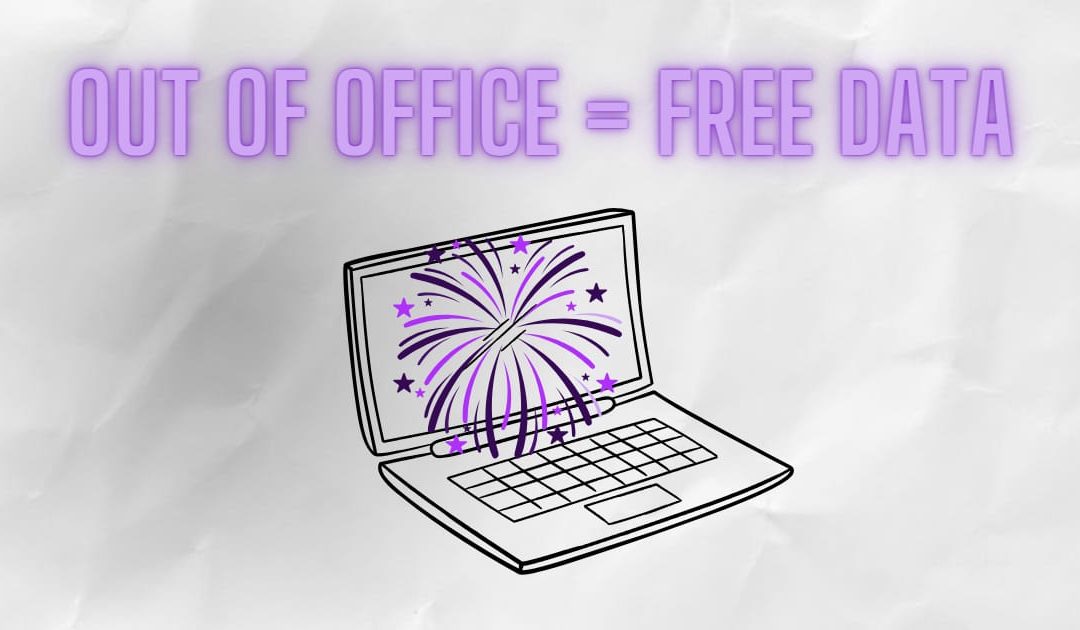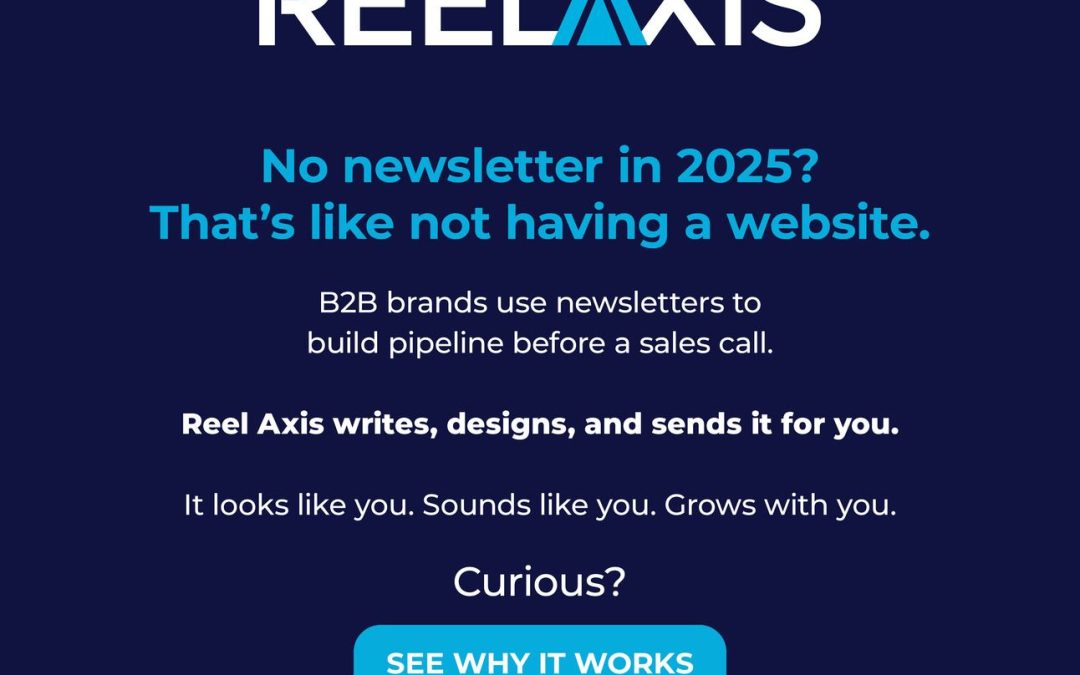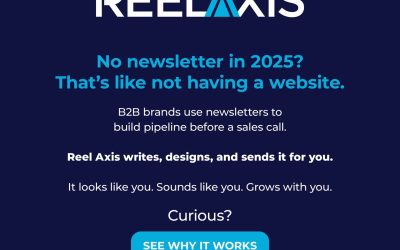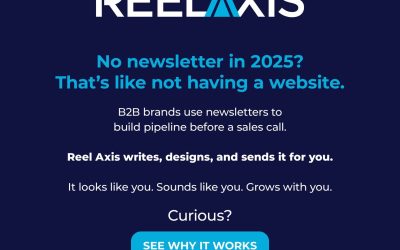Hey there, and welcome back to Marketing Qualified. Let’s jump into it!
The biggest misconception about lead nurturing. Hint: running one email sequence isn’t going to cut it.
8 out of 10 brand videos flop. Why this happens and what to do about it.
❌ The biggest misconception about lead nurturing.
If you ask a group of B2B marketers how they nurture a lead after a content download, you’ll probably get many answers like, “We send them 5 emails over the next 10 days.”
And that’s an issue!
Because the biggest misconception about lead nurturing is thinking that sending a blitz of emails after a content download means you’re nurturing your leads. You’re not.
Lead nurturing is actually about building and maintaining a relationship with people at each stage of their journey.
If you spam people with self-focused content, you can’t build a relationship.
If you’re constantly pushing them to buy, you can’t maintain a relationship.
If you only reach new leads through emails, you can’t meet them where they are.
Great lead nurturing programs go way beyond one email sequence. They include a variety of messages and mediums. Things like:
An informational monthly newsletter
Frequent podcast episodes
Highlighting new features or integrations
Daily social media content
In-person events
Retargeting ads
Writing educational articles
And more
In the end, great nurturing really just means having a good marketing strategy.
Sending 5 emails over 10 days after a content download won’t be a magic bullet that drives sales.
But, focusing on providing value across mediums at every point along the customer journey WILL drive sales.
If you rely solely on an email sequence to nurture, it’s time to think bigger!
📰 In the news this week.
🗺 How to create a really good customer journey map.
👂 Telegram plans to start moderating private chats after CEO’s arrest.
⏰ The 10 factors in website longevity.
🎥 New report highlights key 2024 video content trends.
🗓 Reddit’s 2025 marketing planning guide.
😅 8 out of 10 brand videos flop.
Despite short form videos becoming increasingly important to marketers, most brands aren’t getting them right.
According to a new study conducted by DAIVID, 84% of videos posted by brands on TikTok fail to capture attention, generate positive emotions, or increase brand recall.
Even worse, 24% of videos actually triggered strong negative emotions, potentially damaging the brand’s reputation.
According to Ian Forrester, the CEO of DAIVID:
So what should brands do about this? Stop making short form videos?
No, that’s probably not a great long-term strategy.
Instead, brands should do two things:
1) Make sure they’re adding value, not selling.
Videos that shamelessly promote a product or service will perform poorly. Instead, brands must create truly entertaining videos to thrive on short form video platforms.
2) Generate intense positive emotions.
Brands need to create videos that generate positive emotions like trust, hope, humor, or adoration. They should avoid evoking negative emotions like disgust, fear, anger, or anxiety.
According to the DAIVID study, this will help viewers develop a more positive brand sentiment.
Study companies that are already doing this well and then mimic them. As usual, you’ll be able to find more instances of B2C companies succeeding at this than B2B companies.
For example, the Olympics recently took place. Advertisements focusing on Olympic stories and athletes tend to be inspiring and aspirational. If you wanted to try and create a video that evokes similar emotions, you could study these 10 most emotionally engaging Olympics ads to get ideas.
😂 Marketing meme of the week.
How’d we do with this week’s newsletter?
😍 Loved it
A READER’S REVIEW
Enjoy this newsletter? Forward it to a friend to spread the love.
Want us to write about something specific? Submit a topic or idea.

